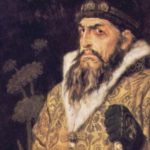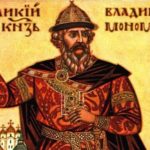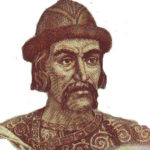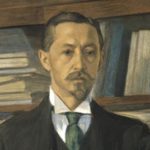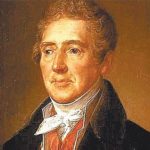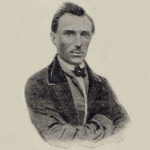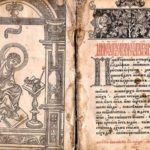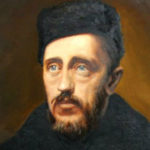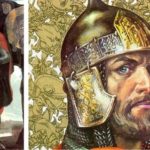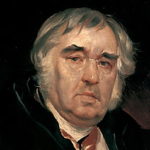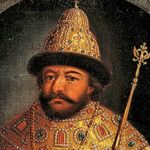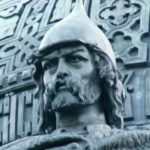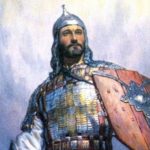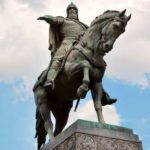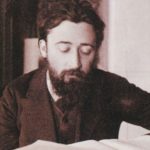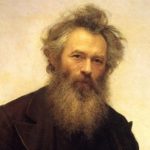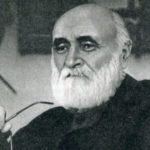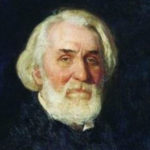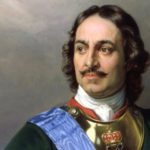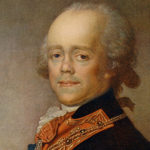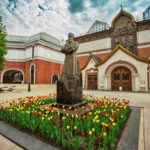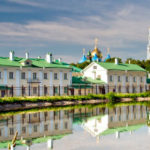Interesting facts about Ivan the Third
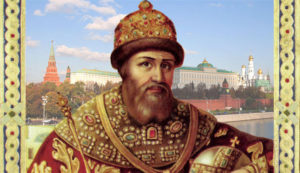 Russian king Ivan the Third was not for nothing that he was nicknamed “The Great”. He went down in history as a man who united the separate principalities into powerful states. Of course, this is not only his merit – the prerequisites for unification were laid long before him by other, no less farsighted rulers. However, this does not diminish the merits of Ivan III to the Russian people for all that he did for the country, which was later called Russia.
Russian king Ivan the Third was not for nothing that he was nicknamed “The Great”. He went down in history as a man who united the separate principalities into powerful states. Of course, this is not only his merit – the prerequisites for unification were laid long before him by other, no less farsighted rulers. However, this does not diminish the merits of Ivan III to the Russian people for all that he did for the country, which was later called Russia.
The future prince was born on the day of the memory of the Apostle Timothy, and at first he was called that way – Timothy. But but in the end he was baptized under the name of John (Ivan), under which he went down in history.
At the age of 12, he already led an army on a campaign against an enemy fortress. Of course, this was a purely nominal role — the army was commanded by experienced governors. However, the personal presence of the prince gave the soldiers a morale.
Ivan’s father, Vasily the Dark, was blind, so many worries fell on the shoulders of the princely son from an early age.
Vasily the Dark appointed his son his full co-regent. Both of them, Vasily and Ivan, were called “Grand Dukes”, and both their faces were minted on coins.
Betrayed Ivan the Third at the age of 12, when he returned after his first military campaign.
When Grand Prince Vasily passed away, Ivan III was 22 years old. The late prince in his will divided the land between his sons, leaving Ivan their main part.
In fact, Ivan III developed the process of uniting Russian lands, launched by Ivan Kalita, who was the first Russian prince to take steps in this direction.
During the reign of Ivan the Third, the Golden Horde experienced difficult times, breaking up into smaller hordes. It was this great prince who refused to pay tribute to the invaders, after which he successfully defeated the enemy troops who had come to take their force.
In 1447, Ivan III adopted the Code of Laws, a collection of laws, one for all Russian lands. So he laid the foundations of the law in Russia.
It was he who made the two-headed eagle a symbol of the Russian state, borrowing it from Byzantium and the Holy Roman Empire.
Ivan III ordered the construction of the very red wall of the Moscow Kremlin, which we can all see at the present time.
The first marriage of the Grand Duke was short – his wife died for unknown reasons. It was rumored that she was poisoned.
The second wife of Ivan III was the famous Sophia Paleologue, a representative of the kind of Byzantine emperors.
It was this prince who first became known as the “sovereign of all Russia.” When he told the world about this title, no one dared to challenge him.
